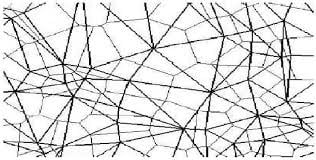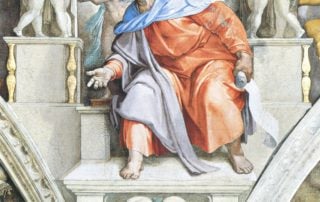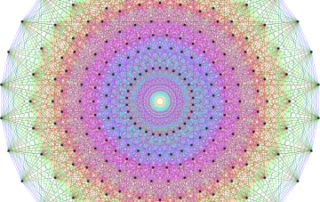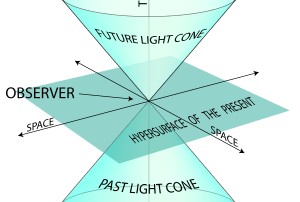Relational Space
Meditations on the Maaseh Merkavah – II This post is a sequel to my previous post, “Space – Between Future and Past.” For background information, the reader is referred to that post. My second Shavuot “epiphany” was that space is relational. Not that I realized that space was relational for the first time – I always thought so. But, for some reason, thinking about the meaning of the four faces of Chayot, the "living creatures" – the angelic beings described in the prophecy of Ezekiel that we read on Shavuot – made it absolutely clear in my mind. Isaac Newton The debate about the nature of space goes back at least to the times of Newton and Leibniz. Isaac Newton believed (as it is apparent from his mechanics and as it [...]






